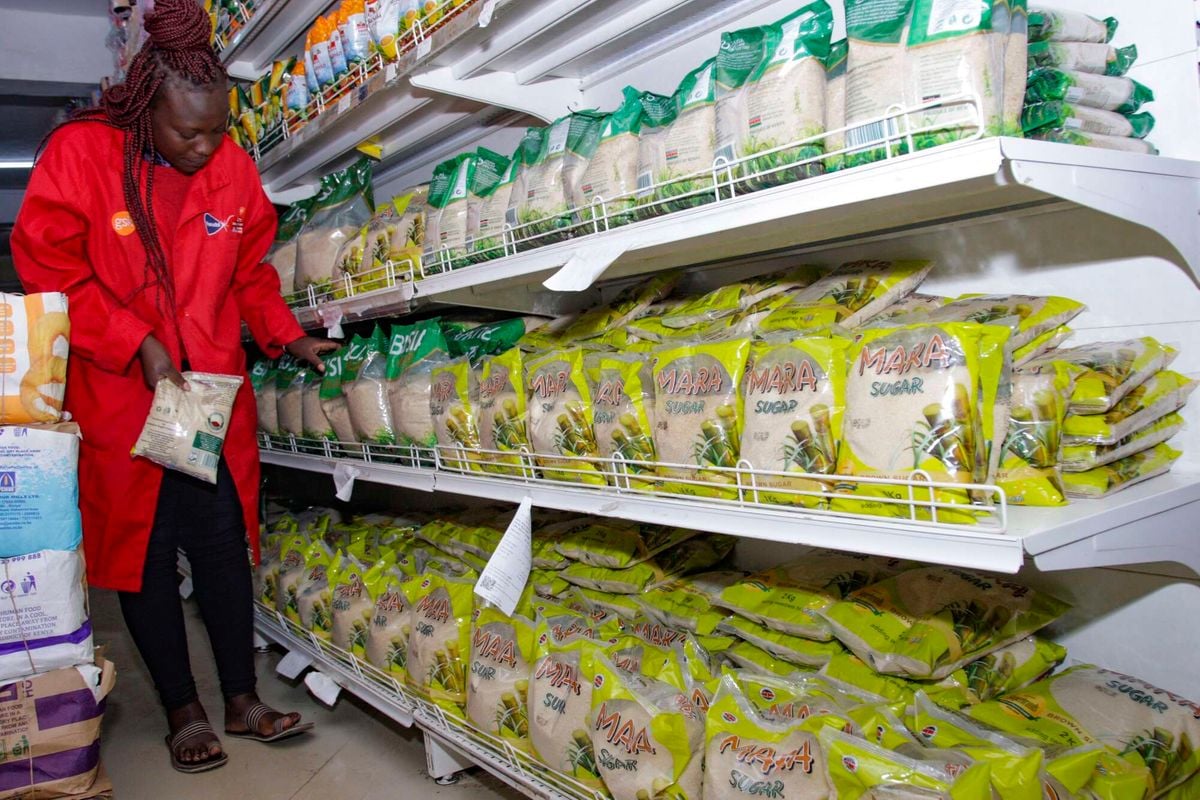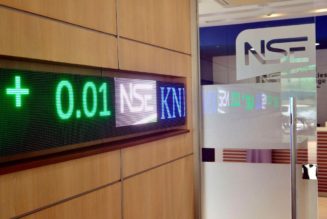
Kenya’s consumer prices in September grew at the slowest rate in nearly 12 years, the statistics agency announced on Wednesday, citing easing pressure on food, energy and transportation costs.
Inflation — a measure of the year-on-year increase in cost of goods and services over the year — fell to 3.6 percent from 4.4 percent in August, according to Kenya National Bureau of Statistics (KNBS).
The rate of increase in average prices was the slowest since December 2012, when the year-on-year rate stood at 3.2 percent.
The easing of price pressures has been helped by increased food production and lower fuel and electricity costs compared to last year.
Average food prices increased at a relatively modest rate of 5.1 percent year-on-year in September, but the rise was a marginal 0.4 percent comparedto August, the KNBS data shows, largely benefitting from fairly sufficient rainfall in the past year and lower prices of farming inputs such as fertiliser.
“Prices of sugar, wheat flour-white and fresh packeted cow milk decreased by 2.8, 2.1 and 0.6 percent, respectively, between August 2024 and September 2024,” KNBS managing director Macdonald Obudho said in the statement.
“The housing, water, gas and other fuels’ index decreased 0.1 percent between August 2024 and September 2024 attributable to decrease in prices of kerosene… and electricity. The transport index increased by 0.1 percent between August 2024 and September 2024 mainly due to increase in prices of city bus fare.”
The easing consumer cost pressure is likely to prompt the Central Bank of Kenya’s Monetary Policy Committee to trim base lending rate further during its scheduled meeting on Tuesday next week. The MPC cut the central bank rate by 25 basis points to 12.75 percent at its last meeting on August 6.
Cutting the key lending rate is expected to lower cost of borrowing as commercial lenders use it as a base on which they load their margins and the risk profile of individuals when pricing loans.
Thr resultant drop in cost of loans is expected to prompt consumers to take up funds for investments and consumption in coming months, boosting economic activities.
Among the commodities tracked by the State-run statistician, sugar prices recorded the biggest decline in September compared with a year earlier.
A kilogramme of the sweetener averaged Sh153.80, a drop of 29.7 percent on increased production and milling of cane, compared with Sh218.78 in the prior year.
The prices of staple maize also fell compared with a year ago, with a kilogramme of loose grain selling for Sh59.64 on average, a 19.8 percent dip.
Poor households that rely on kerosene for cooking paid Sh159.10 per litre on average, a 21.8 percent fall from Sh203.34 a year earlier.
Motorists also witnessed a 10.7 percent fall on a litre of petrol at the pump to Sh189.46 on average from Sh212.25 in September 2023. Diesel, consumed in key sectors such as transportation and agriculture, dropped 14.6 percent to Sh172.33.
Considerable price falls were also posted in electricity bills in the review period, with 50 kilowatt-hours setting back households and businesses Sh1,275.05 on average, a modest 2.7 percent drop from Sh1,310 a year ago.
Middle-class households consuming 200 kWh of electricity saw a bigger drop of 10.3 percent to Sh5,714.88.
The KNBS data, however, shows the cost of cooking went up, with households spending an average of Sh3,196.04 to fill a 13-kilogramme cylinder of liquefied petroleum gas.
Prices of beef on bone, cabbages and Irish potatoes also jumped by 14.5, 39.5 and 31.2 percent per kilogramme, respectively, to Sh639.03, Sh78.33 and Sh133.57.









